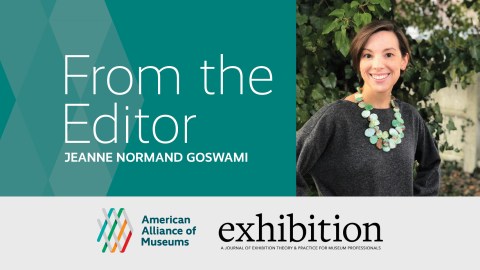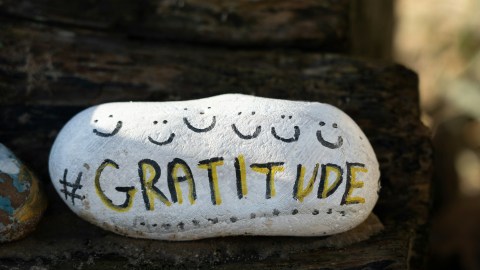It’s a good thing about the future is unequally distributed (cf William Gibson)–that way your museum can learn from pioneer organizations that are adapting to trends that will affect you in five, ten or twenty years.
Where do you find pioneers? Often (as was always true) in the West. California is one of four states (plus the District of Columbia) already living the majority-minority future facing the rest of the country. And because California has more than its share of high-performing, innovative museums, we can look to the West Coast for lessons on how to surf the waves of demographic transformation and meet the needs of our next generation audiences.
First up on the recommended reading list: The Cultural Museum 2.0: Engaging Diverse Audiences. This report, prepared by The Japanese American National Museum with support from the James Irvine Foundation, explores how a culturally specific arts organization can adapt to changing demographics. Now, you may be thinking “my museum isn’t culturally specific, so this doesn’t apply to us.” But in a majority minority future, will many museums that are mainstream now be seen as culturally specific to the Caucasian minority? Think about it.
In any case, the essential questions addressed in the report, while focused on JANM, are of interest to all museums:
- To what extent is visitor experience influenced by cultural or ethnic-self identification?
- What is the relevance of the Museum to younger, multi-ethnic audiences?
- How can the Museum engage new audiences while sustaining and satisfying its current constituency?
- What impact does engaging these audiences have on the ability of the Museum to sustain itself in the future?
The report describes JANM’s three-year project transforming the museum’s operations in order to implement the changes suggested by their research. They worked with New-York based EmcArts, a firm that specializes in fostering innovation in cultural institutions, to decrease the chance of the initial enthusiasm petering out into “business as usual.” (Hmmm, have you ever experienced that in a project designed to change your organization?) The Cultural Museum 2.0 includes a useful description of the process the museum used to encourage organizational growth and change. Also a good analysis of what is needed to innovate in times of crisis. (Spoiler alert—JANM found the most useful step to be dedicating a small pool of risk capital and staff time to innovation.)
Some of the research findings that were eye openers for the Museum’s staff are probably not that different from what many museums would find when asking the community about their organizations:
- many potential visitors were not aware of what JANM was already doing
- a number of Japanese Americans viewed the Museum as “aloof.” (Staff concluded this may have been an unintended side-effect of promoting the museum as “world-class” in its marketing, creating a perception that it had strayed from its community-based roots.)
- JANM’s key competitors for leisure time were typical every-day activities like going to movies or a restaurant or hanging out with friends
- People wanted to be able to interact with the exhibitions, not just look at them and
- wanted exhibits to be relevant to them today, not just about the past
The museum responded by questioning basic assumptions and changing their ground rules, including:
- allowing visitors to take photos in the galleriesusing their cell phones and digital cameras (resulting in unprecedented exposure for their “Giant Robot Biennale.”)
- providing more shopping and eating activities (including encouraging L.A.’s famous Korean barbeque taco truck to park outside on JANM’s free Thursday evenings.)
- creating a program model that enables staff to create topical exhibits with a quick turn-around time and less money
The research also surfaced concern among JANM staff and leadership that providing new types of programming might alienate core supporters and donors. I hear variations on this plaint all the time. “What if a younger audience is noisy and disruptive and disturbs our older visitors? What if people who want to interact and play games interfere with quiet contemplation of art?” Has JANM found the answer? No, but they are doing yeoman’s working in exploring the boundaries where tolerance of new people playing in a museum’s sandbox gives way to alienation. Keep an eye on them as they break trail for your future…








hey, I got to be a part of their research when they had a convening around this. It may have been one of the richest professional experiences I've ever had. Their Lisa Sasaki is FANTASTIC! And it was a chance to meet Irene Hirano, at the time.